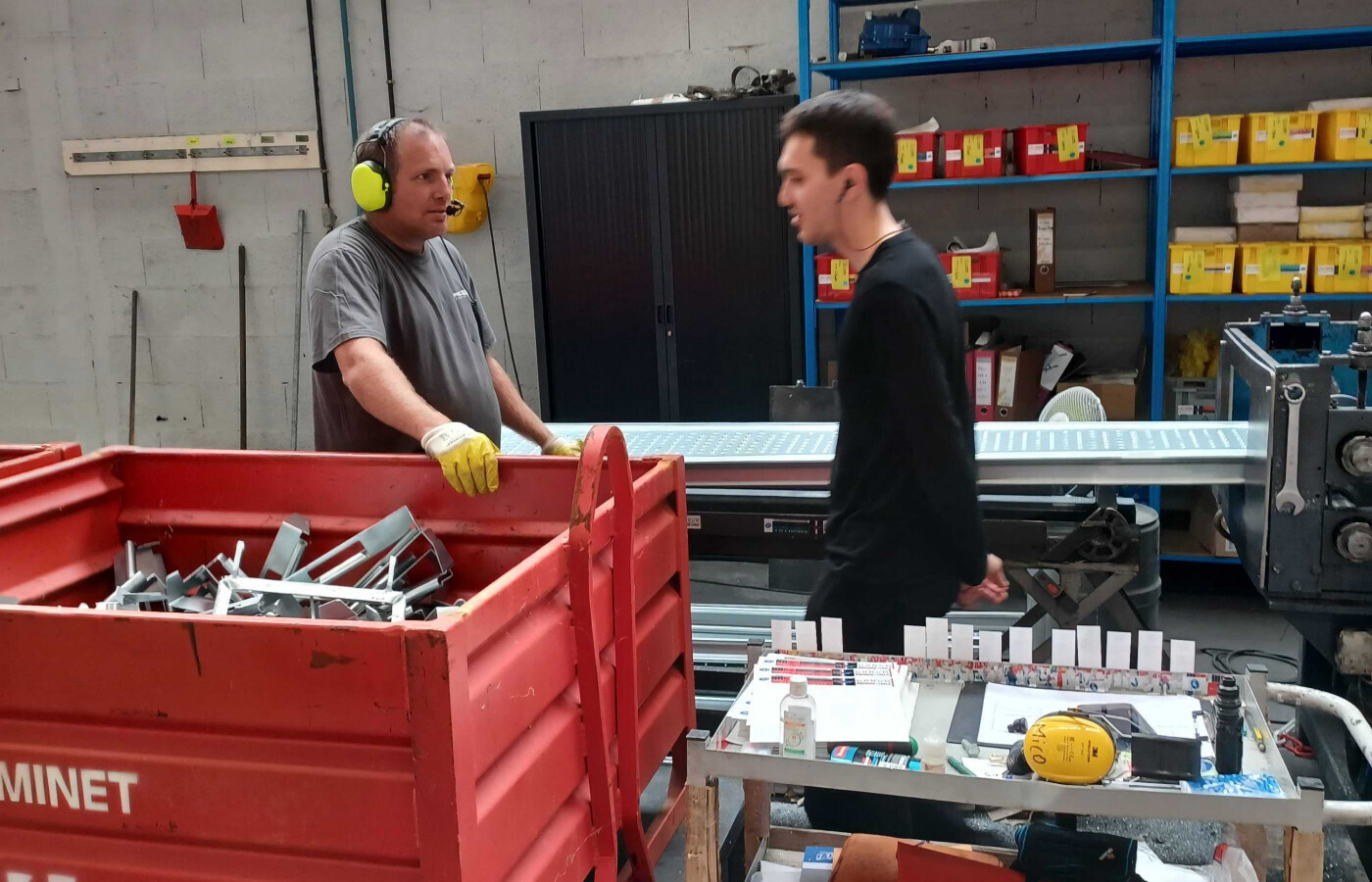
The importance of communication in an industrial environment
In an industrial environment, clear communication is the key to avoiding accidents and ensuring effective collaboration. However, excessive noise, whether from vibrating machinery, mechanized production processes or the use of powerful power tools, can seriously compromise this communication.
Diverse sources of industrial noise
Before choosing the best hearing protection, it's essential to understand the multiple sources of noise to which workers may be exposed. These sources vary from one sector to another. For example, in the manufacturing industry, machine tools, hydraulic presses and production lines generate continuous, powerful noise. On a construction site, the noise of jackhammers and bulldozers is commonplace. In the petrochemical sector, explosions resulting from the handling of chemicals can be frequent.
How to choose the best hearing protection: a practical approach
1. Assessing noise levels: The first step is to accurately measure the noise levels in your industrial environment. This will help you determine the level of protection required. For example, in a metallurgical plant, noise levels can reach 100 dB, while on a construction site they can exceed 120 dB.
2. Comfort and waterproofing: Hearing protection must offer adequate acoustic insulation, yet be comfortable to wear for extended periods. Foam or silicone earplugs, as well as earmuffs, are popular options. They need to fit snugly to block noise effectively, while remaining comfortable for workers.
3. Integrated communication: In certain situations, seamless communication is crucial. Modern earmuffs feature built-in microphones and communication systems. For example, in a factory where coordination is essential, headsets with two-way communication systems can be used.
4. Compliance with standards: Make sure the hearing protection you choose complies with the safety and hearing protection standards in force in your industry. These standards ensure that the protective equipment is effective and reliable.
5. Training and awareness: Worker training is essential. They need to understand the risks associated with noise exposure, the importance of hearing protection and how to use their equipment correctly.
Conclusion
Choosing hearing protection in an industrial environment is a practical decision that needs to take into account the specific noise levels in your environment. By following these practical tips and selecting the right equipment, you can ensure your employees' hearing safety while maintaining effective communication within your team.
I hope this edited version reflects more the tone of a human editor. Please let me know if you have any further comments or modifications to make.
We use technical and analytics cookies to ensure that we give you the best experience on our website. More info.